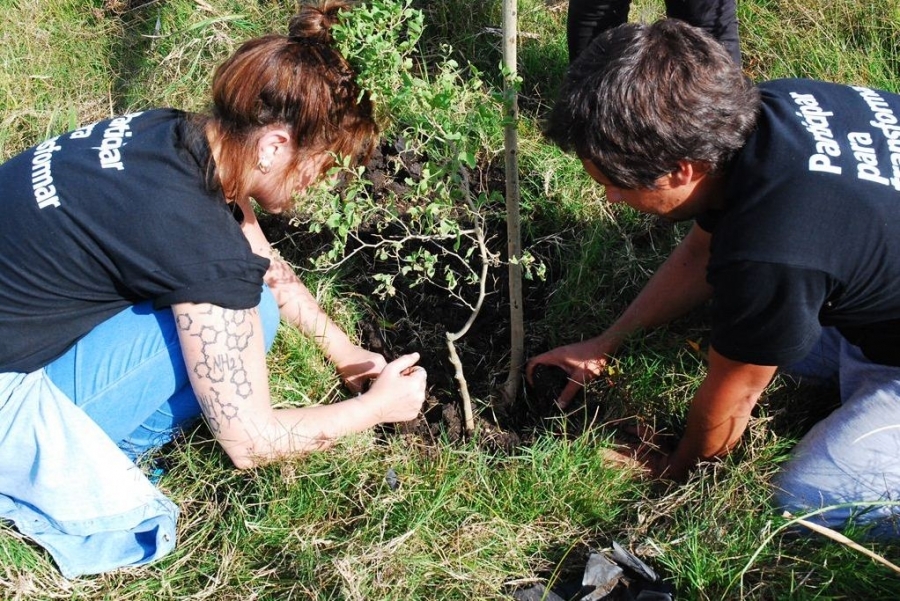RIO DE JANEIRO, BRAZIL – The initiative, called Plantatón, is part of Uruguay’s 2030 Agenda and aims to promote the sustainable use of terrestrial ecosystems, combat desertification, reverse land degradation, and curb the loss of biological diversity.
The first action will be the planting of more than 500 native trees in the municipality of Artigas, in the north of the country, on Wednesday, September 4th.

Conceived by the Uruguayan Network of Environmental NGOs with the support of the Ministry of Housing, Territorial Planning and Environment (MVOTMA) and the United Nations Development Program (UNDP), Plantatón refers to similar experiences in countries like El Salvador and Colombia.
The planting of the trees involves coordination with the government and civil society with calls made in schools, pensioners’ associations and the army, as well as private and public companies. The idea is to extend the experience to other parts of the country.
Stefan Liller, UNDP representative in Uruguay, said the initiative has been successfully implemented in other countries, such as El Salvador, for example. “Some 17 million trees have been planted that have made it possible to recover large areas, prevent flooding, and reverse forest degradation”.
In addition to restoring the forests, which cover about 5.2 percent of Uruguay’s surface area, the plantation will contribute to the recovery of the biological diversity of native species and water quality.
On June 5th, when the Plantatón project was launched, Stefan Liller detailed the three focal points of work: natural regeneration of degraded areas, planting native trees in priority areas for conservation, and control of invasive alien species that compete with and overwhelm native species.
National System of Protected Areas
In 2005, Uruguay created the National System of Protected Areas (SNAP). According to the Ministry of the Environment, there are 16 areas (311,101 hectares), including land and marine areas, that make up only 0.98 percent of the territory.
Uruguay’s economic model is based on the intensive use of natural resources with an agricultural sector that generates 78 percent of exports.
In 2017, the main agro-industrial export products were beef (21 percent), cellulose (19 percent), soy (17 percent), dairy products (8 percent), and rice (6 percent), according to information from Uruguay 21, an export and investment promotion agency.
According to UNDP data, areas dedicated to agriculture that occupy up to 93 percent of the country’s territory, are said to cause environmental deterioration, soil erosion, loss of ecosystems, and water pollution through the use of chemical products.

